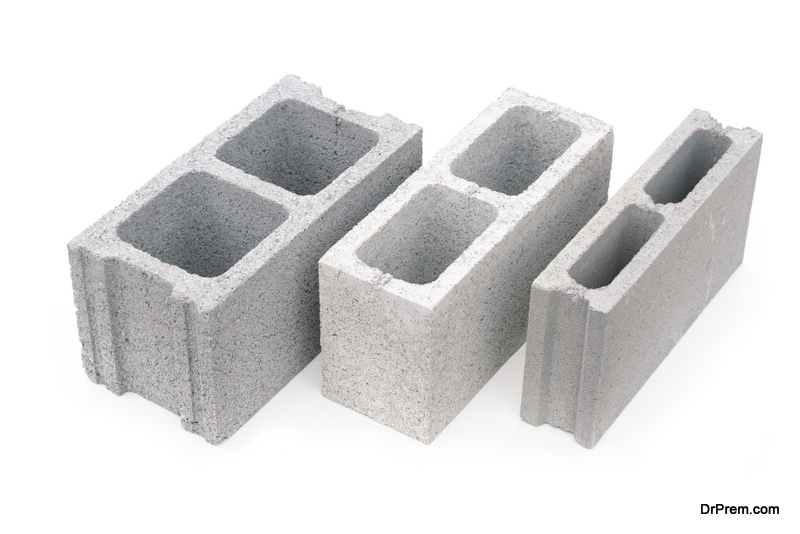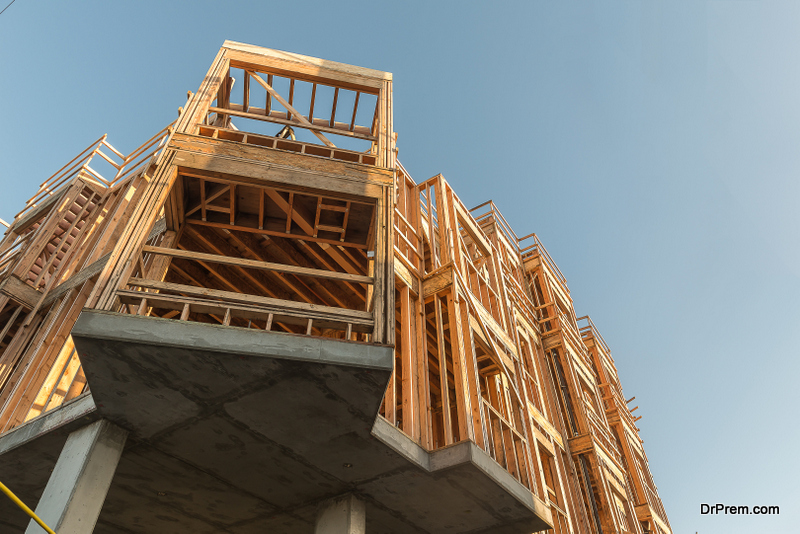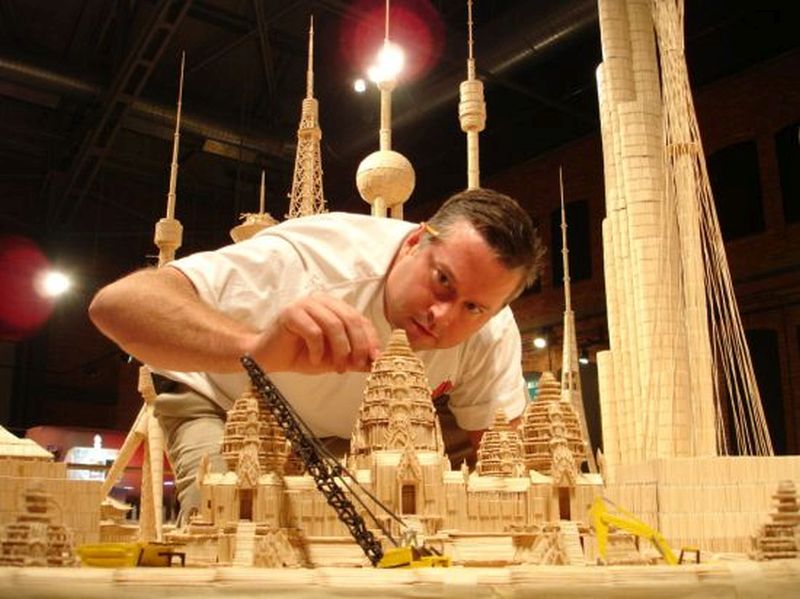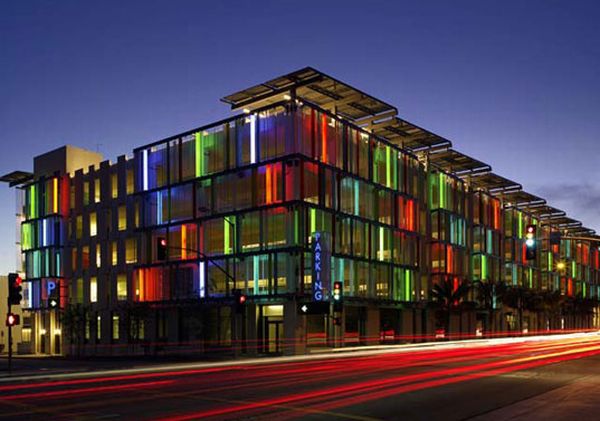Sustainability is now no longer just a trend. Keeping in mind the shape that our planet is taking, it is a necessity. This fact is especially true for building materials. Owing to their overexploitation, the quest for more and more building materials has led us to destroy many natural habitats. We derive important building materials like wood and concrete by deforestation or excavation. In both cases, mother nature is on the losing end. Therefore, opting for something like eco-friendly concrete is always a better option.
Why eco-friendly concrete?
Concrete is one of the most widely used building materials. It is also one of the top contributors to environmental degradation, mostly owing to its wide use. Many harmful emissions, like fly ash are a result of excessive concrete use. However, eco-friendly concrete involves greener alternatives to standard concrete. Even simple methods like using concrete as counter-tops, or using concrete that is more porous help in improving the condition of the environment and sustaining it. Additionally, eco-friendly concrete alternatives are becoming more popular today because they’re sustainable and cost-effective.
A few environmentally friendly alternatives to the concrete are listed below:
Trends
1. Carbon concrete
 Image Source : earthtechling.com
Image Source : earthtechling.com
Carbon concrete, also known as C-Fix, is a very efficient alternative to cement. This substance is a thermoplastic, which essentially means that it softens on heating and hardens on cooling. It has even been tried and tested in Netherlands on two roads that are known for their heavy traffic. Almost 90 percent of the concrete and asphalt found in standard concrete are responsible for environmental degradation are replaced in this.
Some advantages of using carbon concrete include durability and longer lifespan. It can be a great investment because it has a life expectancy of approximately 40 to 50 years. Moreover, carbon concrete may have the potential to reduce or eliminate carbon dioxide emissions, making it a sustainable building material. It is also available in various visually beautiful designs which make it a more in-demand building material.
2. High-performance concrete to store more solar energy for less
Super concrete is a form of concrete, still in the developmental stages. It can store thermal energy in huge amounts at a very low cost. Currently, the technologies used enable storage of thermal energy at a maximum of 325 degrees Celsius. However, if this operating temperature is increased to around 600, the cost of storing thermal energy will reduce drastically. Research is in progress for the same.
3. EcoX – Eco-Friendly Concrete from MeldUSA
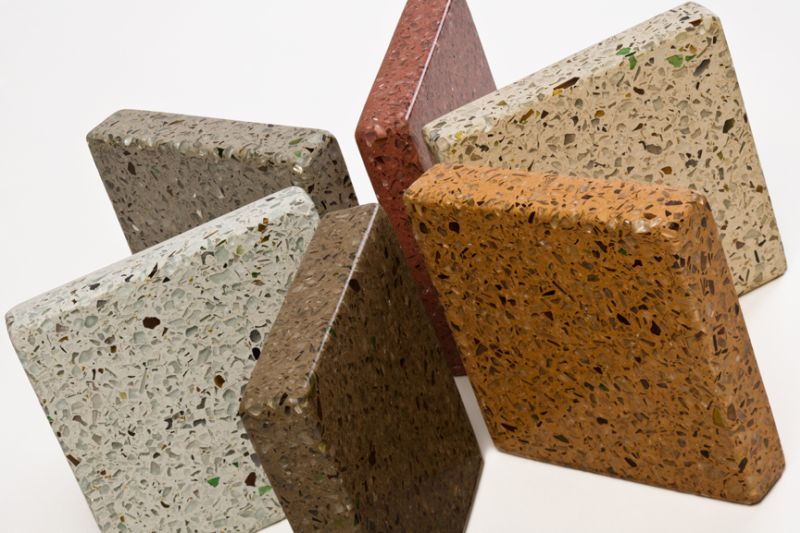
MeldUSA is quite a renowned company famous for making eco friendly alternatives to concrete. One of their latest discoveries is called EcoX. EcoX is constituted of recycled cement as well as other materials that have been used up by consumers as well as industries. It also contains recycled glass. This alternative is excellent for making surfaces, accessories and so.
4. Water-retentive concrete to keep buildings cool
Two Japanese companies, Geostr Corporation and Kajima Corporation have jointly discovered a new form of concrete that is water retentive, and that helps in cooling buildings if placed on roof tops in block structures.
5. Precast Concrete walls to suck up CO2 from air
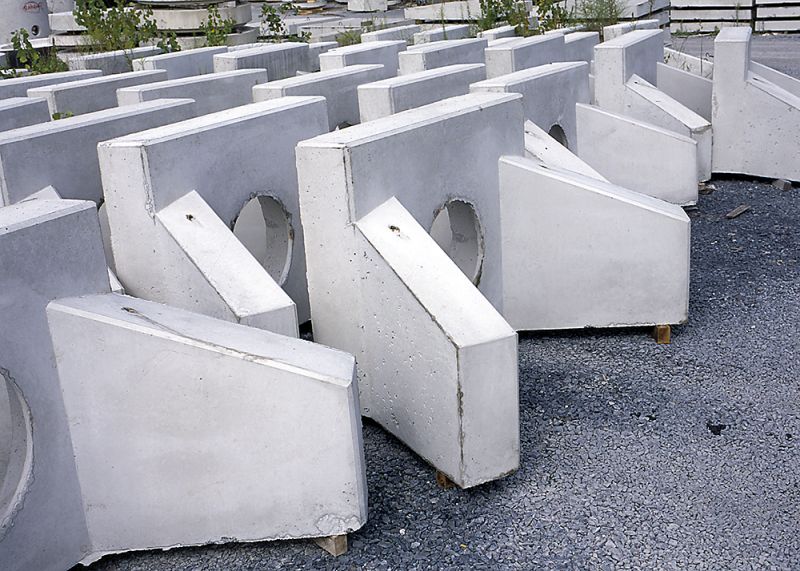 Image Source : precast.org
Image Source : precast.org
A Canadian environmental consultancy called Carbon Sense Solutions has come up with this new method. It is known as CO2 accelerated concrete curing. It essentially involves precast concrete that can store an increased amount of CO2 in itself. The method has been claimed to reduce up to around one percent of annual global CO2 emissions. This could make a huge difference in the long run.
The benefits
All the alternatives to concrete listed above have many benefits. The biggest benefit is that most of these use materials that are available from local and easy sources. It involves using recycled materials. This not only reduces the waste but also replaces the toxic qualities of concrete with cleaner and environmentally friendly solutions. This helps in maintaining long term sustainability in the environment.
The lowdown
 There are a few low-downs of using eco-friendly concrete. In cases where it is used in flooring, concrete may not be the best option. It may be required to be sealed again quite a few times in a year, depending on the cracks. Also, in cases where recycled concrete is used to produce eco-friendly concrete, quality control mechanisms will have to be used. These would help to assess the quality of the recycled cement being re-used.
There are a few low-downs of using eco-friendly concrete. In cases where it is used in flooring, concrete may not be the best option. It may be required to be sealed again quite a few times in a year, depending on the cracks. Also, in cases where recycled concrete is used to produce eco-friendly concrete, quality control mechanisms will have to be used. These would help to assess the quality of the recycled cement being re-used.
The Impact
Eco-friendly concrete has a very good impact on the environment. It reduces many toxic emissions like fly ash released into the atmosphere. Furthermore, it is also quite cheap to manufacture as it essentially uses waste products as its raw materials. In addition, it helps to save energy, as re-using used concrete reduces the energy used in production of cement. Moreover, it also has greater strength as well as greater durability than standard concrete.
Consequently, people will not only be able to protect the environment but will also save more money on their building costs.
Wooden high-rises: Eco-friendly replacement for concrete
Wood is the new ‘concrete’
The efforts to save the environment are growing by the day across the globe and one such effort is to use wood instead of concrete as a building material. Concrete and steel are undoubtedly more preferred options by most of the architects but let’s face it that they are not helpful to the environment. Wood, on the other hand, is eco-friendly and the architects nowadays are thinking of new techniques to use wood in the building process. Cutting trees to build buildings does not sound very environment-friendly too, does it? although if the wood supply to make buildings is obtained from a well-handled forest then using wood in building process does not sound that bad.
Why use wood instead of concrete?
This basic question needs to be answered in order to explain this entire discussion. Wooden buildings block the carbon dioxide while the concrete structures release a lot of carbon dioxide in the environment.
Carbon dioxide is one of the toxic greenhouse gases that traps heat in the atmosphere. Unfortunately, excessive heat in the atmosphere may cause some adverse environmental issues. For instance, it can cause higher global temperature changes, disrupted weather patterns, and other negative changes to the environment.
Because of this, it’s essential to lower the impact of carbon dioxide on the environment. This can be done by reducing your carbon footprint and using eco-friendly alternatives. For instance, you can work with organizations that implement energy-efficiency and renewable energy programs and other sustainable environmental solutions to offset a part or all of the carbon emissions you usually generate.
Reducing emissions by using wood instead of concrete as your building material is a great way to support this movement. The architects committed to save the environment around the world are busy with formulating a plan to use wood as one of the major building materials instead of concrete and steel and here are some examples of high-rises that have been built using wood in different parts of the world.
Wooden high-rises: the eco-friendly future of the modern construction
A wooden office of eight stories was constructed very recently in Austria and other nine-story residential apartments were built in London using wood and the construction of both these buildings clearly shows that wood is rapidly taking the place of concrete in the building procedure. Not just wood alone but wood along with concrete is also being utilized by the architects in Austria as they have made a building in Dornbirn which is constructed by both concrete and wood.
This hybrid building in Austria consists of a concrete center which houses its various utilities and lifts and layers of wood were used to manufacture the solid panels off-site. The building has a strong concrete foundation and the vertical posts made from glue laminated wood extend support to the floor panels manufactured from both wood and concrete. Small portions of wood are used to make strong structural elements which will avoid compression in a much better manner than concrete. Another good feature about them is that their weight is much less and they are highly sustainable.
Innovative wood products like the CLT or cross-laminated timber are widely used by the builders to make strong buildings. CLT is primarily boards of wood glued with one another and together they make a strong wooden product that is able to bear the weight of floors and walls. The idea of using wood as a building material is growing on architects across the globe and with favorable examples of buildings made from wood showing up every now and then has transformed this into one of the latest trends that can have really positive results on the environment.


